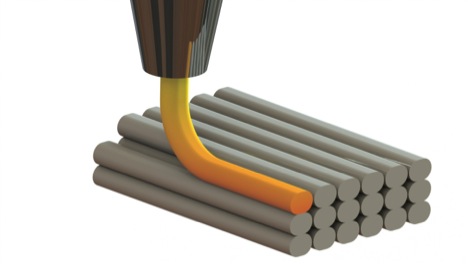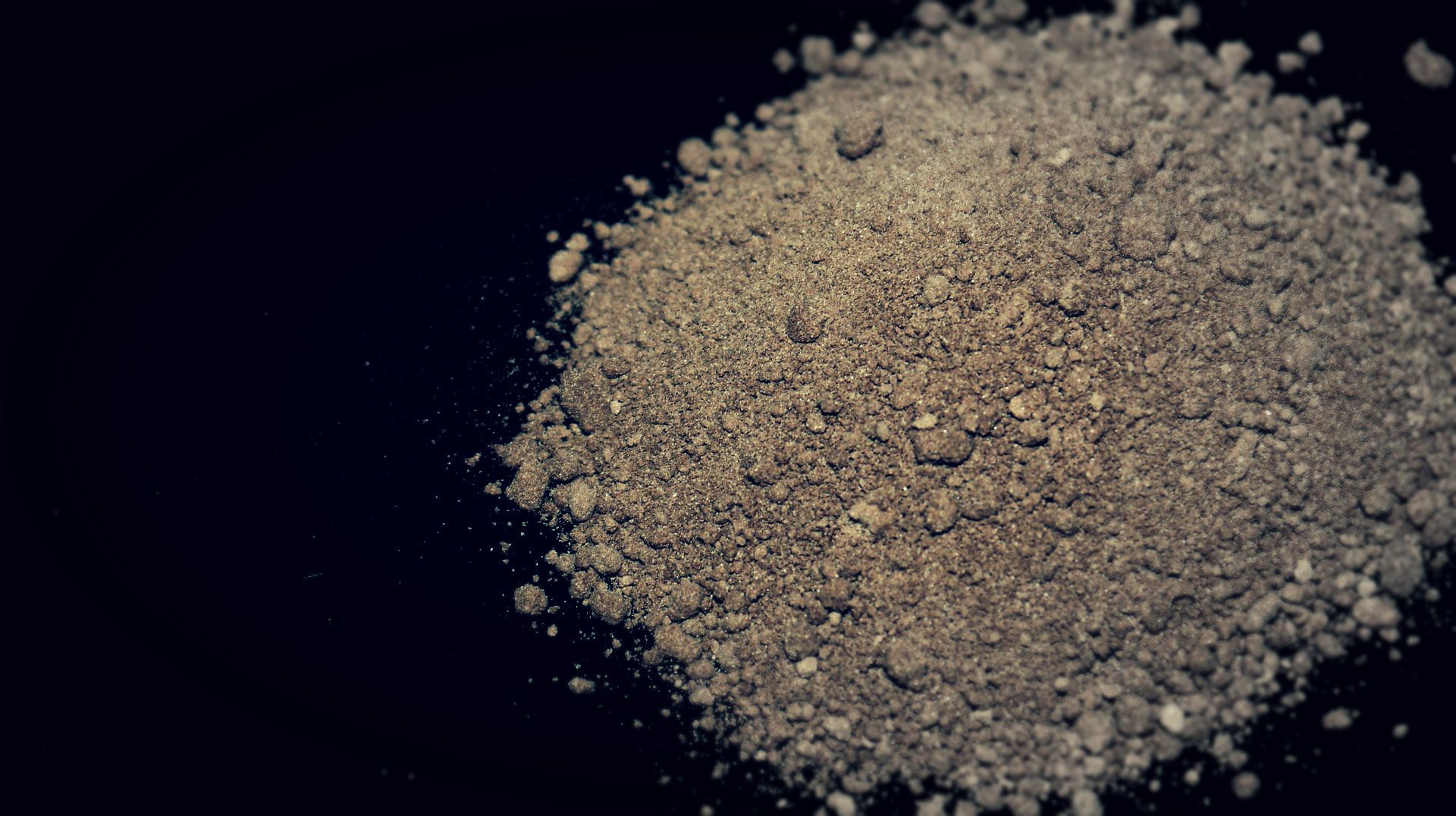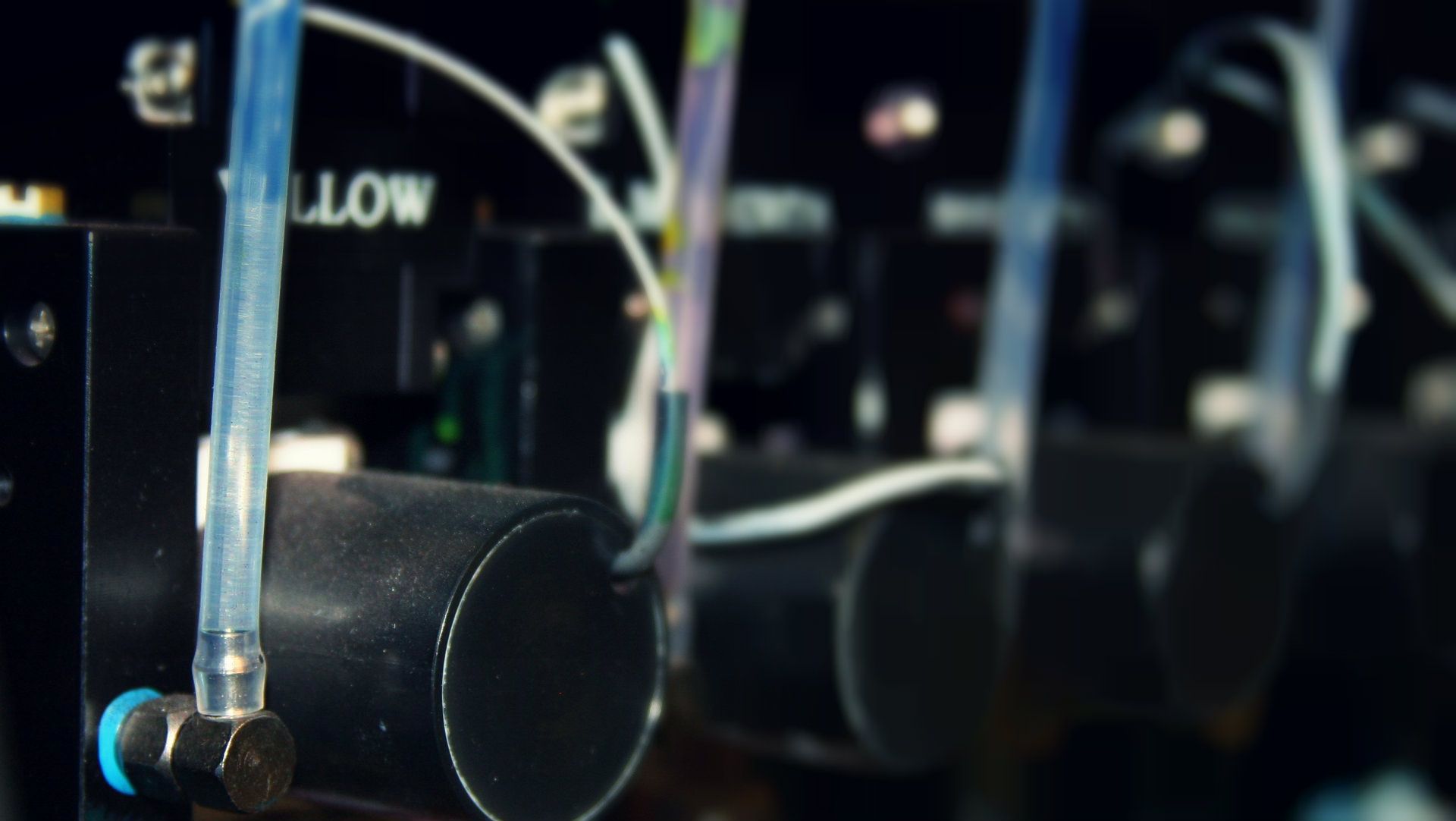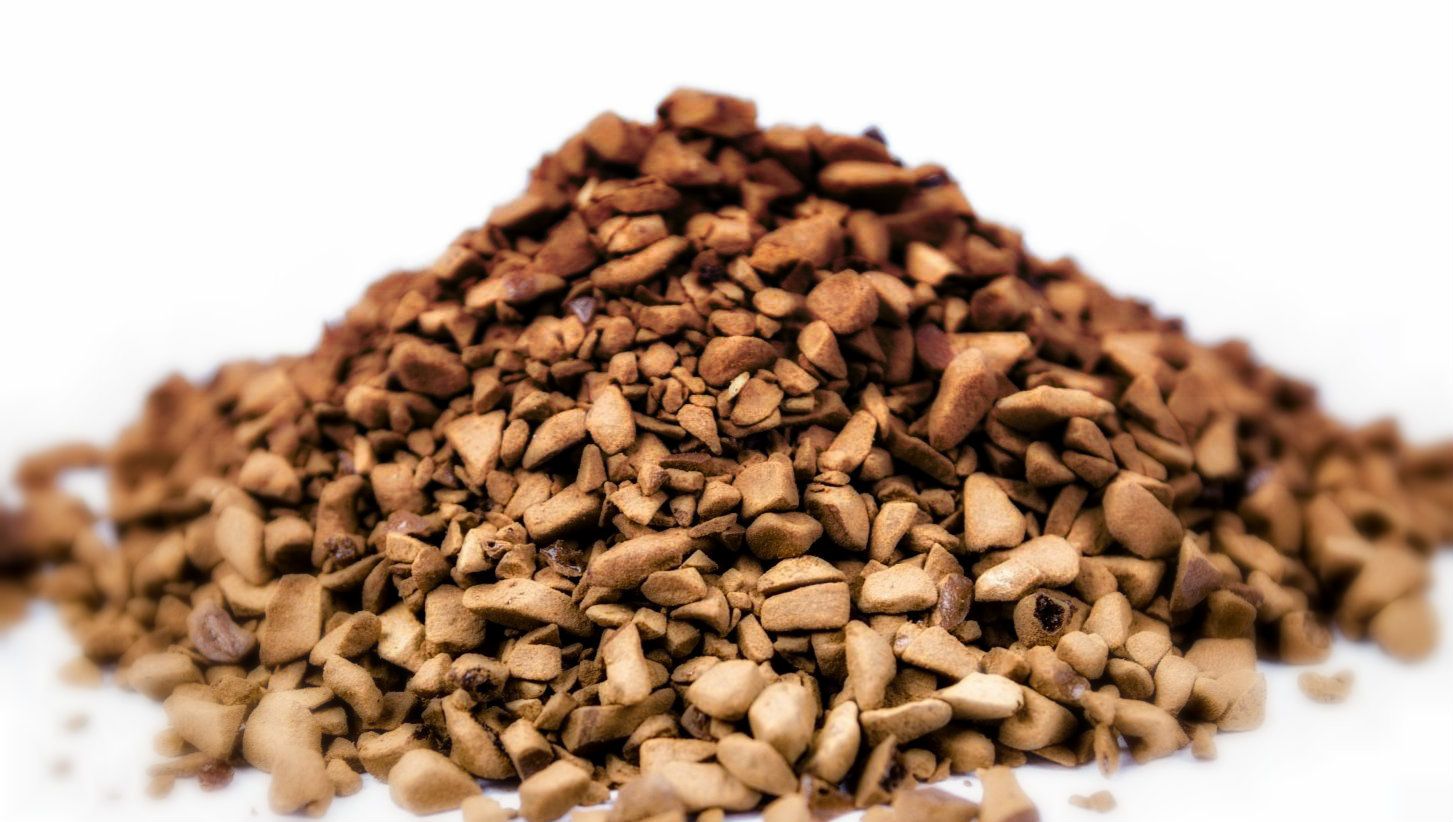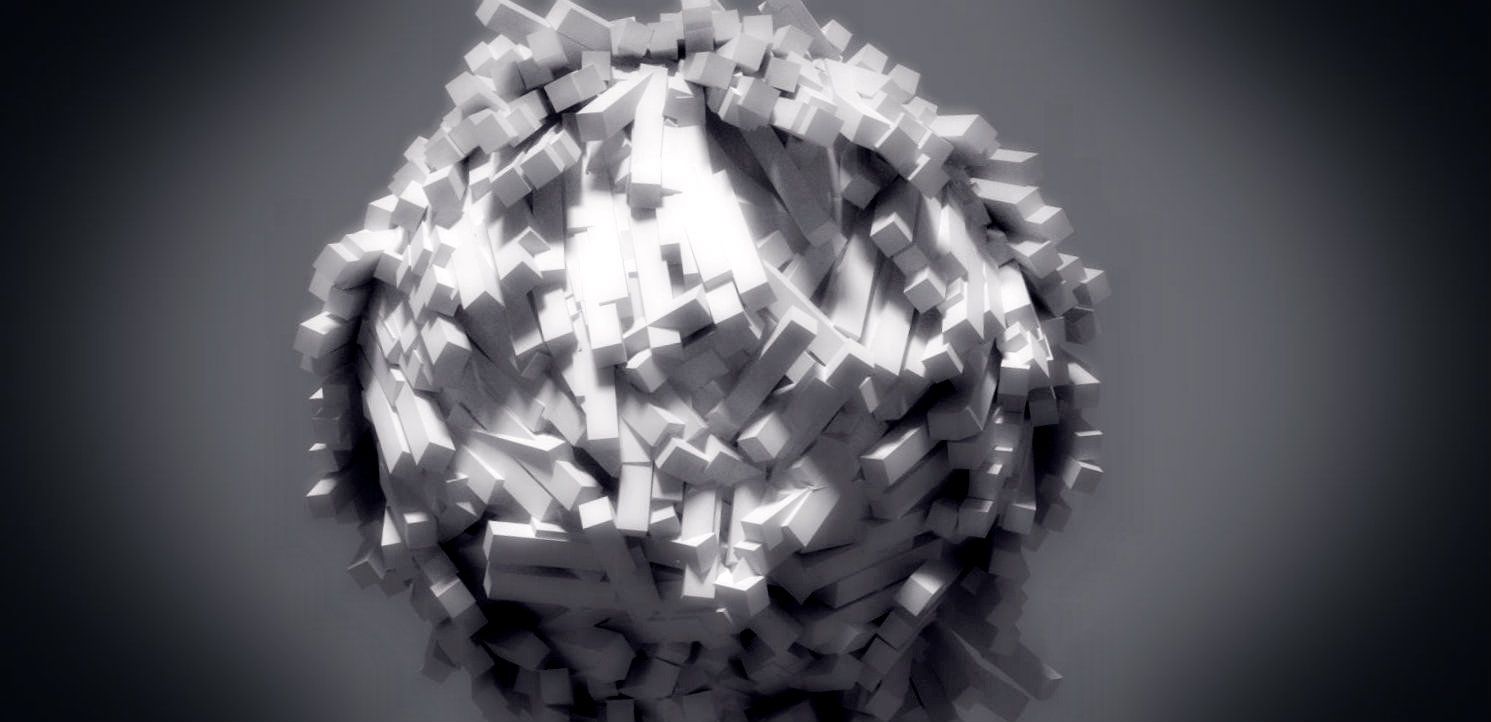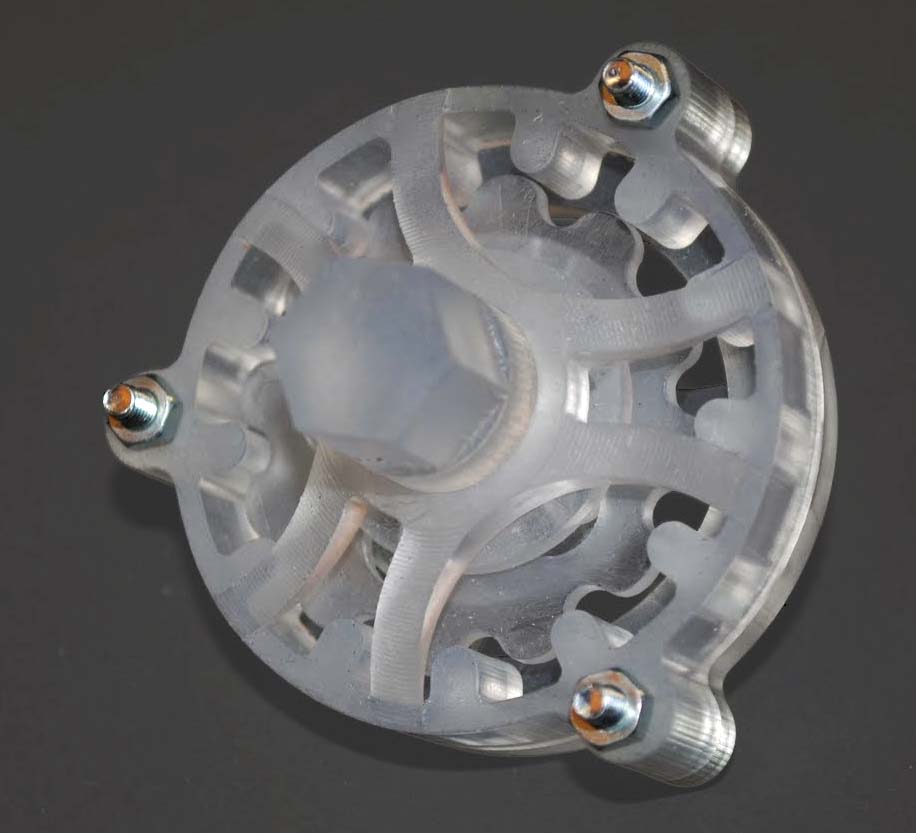Insights into Continuous Liquid Interface Production (CLIP) and Digital Light Processing (DLP) 3D Printers
3D printing technology is often used to construct highly complex objects of different kinds, properties and materials. Despite its numerous advantages, one major drawback of 3D printers is its traditionally slow speed. For instance a typical 3D printing machine such as Stereolithography (SLA) can take several hours to print a 55mm diameter object and maybe several days to complete a larger object. To overcome this major industry challenge, several 3D companies have come up with more updated and efficient technologies that guarantee quick speeds and utmost accuracy. The modern technologies include Continuous Liquid Interface Production (CLIP) and Digital Light Processing (DLP). a) Digital Light Processing (DLP) DLP is a type of stereolithography that is popular for performing rapid prototyping services. The technology uses projector light to perform photo-sensitive polymer cures instead of the traditional laser beam. Although DLP was first developed in 1987 by Larry Hornbeck of Texas Instrument, the first printed installation of 3D printed model with photopolymer technology was published in 1981 by Hideo Kodama of the Nagoya Municipal Industrial Research. DLP prototyping …

